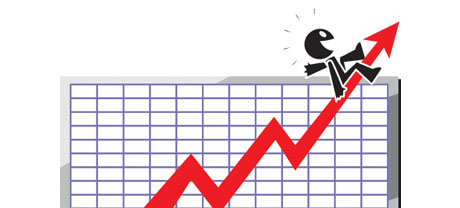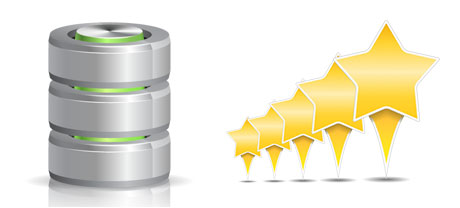These days, all new personal computers have SSD drives as a substitute for HDD drives. You can find superlatives on them all over the specialized press – that they are a lot quicker and function better and they are actually the future of home computer and laptop production.
However, how do SSDs perform within the website hosting environment? Can they be efficient enough to substitute the proved HDDs? At EZ Weather, we’ll aid you far better see the differences among an SSD as well as an HDD and choose which one best suits you needs.
1. Access Time
After the arrival of SSD drives, file accessibility rates are now tremendous. As a result of unique electronic interfaces found in SSD drives, the normal data access time has been reduced towards a all–time low of 0.1millisecond.
The technology driving HDD drives goes back to 1954. And although it’s been noticeably refined over time, it’s even now no match for the ground breaking ideas behind SSD drives. Using today’s HDD drives, the very best file access speed you’ll be able to attain may differ between 5 and 8 milliseconds.
2. Random I/O Performance
On account of the completely new revolutionary data storage technique embraced by SSDs, they offer a lot quicker data access speeds and swifter random I/O performance.
In the course of EZ Weather’s lab tests, all SSDs demonstrated their ability to manage at the least 6000 IO’s per second.
All through the exact same lab tests, the HDD drives demonstrated that they are considerably slower, with only 400 IO operations managed per second. Although this looks like a good deal, for those who have an overloaded web server that hosts loads of well–known websites, a slow disk drive can result in slow–loading sites.
3. Reliability
SSD drives are lacking any kind of moving components, which means there’s much less machinery inside them. And the less actually moving elements you will find, the fewer the chances of failing are going to be.
The average rate of failure of an SSD drive is 0.5%.
As we have observed, HDD drives rely on spinning disks. And anything that uses a number of moving components for prolonged amounts of time is susceptible to failure.
HDD drives’ regular rate of failing can vary somewhere between 2% and 5%.
4. Energy Conservation
SSD drives are far smaller compared to HDD drives and also they do not have virtually any moving components at all. It means that they don’t produce just as much heat and need less energy to work and fewer energy for cooling purposes.
SSDs take in somewhere between 2 and 5 watts.
HDD drives are famous for becoming noisy. They want extra energy for air conditioning purposes. On a web server that has a range of HDDs running regularly, you will need a good deal of fans to make sure they’re cooler – this will make them much less energy–effective than SSD drives.
HDDs consume somewhere between 6 and 15 watts.
5. CPU Power
SSD drives permit a lot faster data file access speeds, which will, consequently, allow the processor to finish file requests much faster and to go back to different jobs.
The average I/O hold out for SSD drives is only 1%.
HDD drives allow for reduced access speeds rather than SSDs do, which will result in the CPU being forced to wait around, although scheduling resources for the HDD to uncover and give back the requested data.
The standard I/O delay for HDD drives is approximately 7%.
6.Input/Output Request Times
Almost all of EZ Weather’s completely new machines are now using merely SSD drives. Our personal lab tests have indicated that utilizing an SSD, the common service time for an I/O request although running a backup remains below 20 ms.
Compared with SSD drives, HDDs deliver noticeably slower service rates for input/output requests. During a hosting server backup, the common service time for any I/O query can vary somewhere between 400 and 500 ms.
7. Backup Rates
Discussing back ups and SSDs – we have found a substantual enhancement in the data backup rate since we transferred to SSDs. Now, a usual hosting server backup requires just 6 hours.
We implemented HDDs exclusively for several years and we have now decent expertise in exactly how an HDD functions. Generating a backup for a web server equipped with HDD drives is going to take about 20 to 24 hours.
With EZ Weather, you can find SSD–powered web hosting services at competitive prices. The shared hosting plans and then our Linux VPS hosting plans can include SSD drives automatically. Get an web hosting account with us and watch the way your websites can become much better instantaneously.
Hepsia
- Live Demo
Service guarantees
- All of our Virtual Private Servers provide no setup service fees and function in a stable network offering 99.9% of uptime. Full admin server access warranted.
Compare our prices
- Have a look at our rates and select the best Virtual Private Server for your dynamic websites. You’re able to move up to a more feature–rich VPS Hosting package with simply a click of the mouse.
- Compare our hosting plans
Contact Us
- Contact us 24x7x365 by email or by using the extremely–fast ticketing platform. Our technicians are going to answer any of your queries within just 60 mins.














